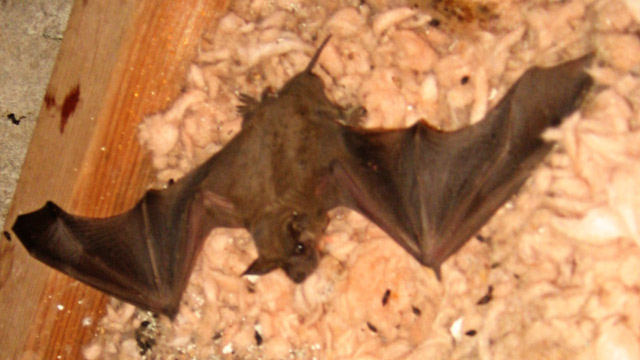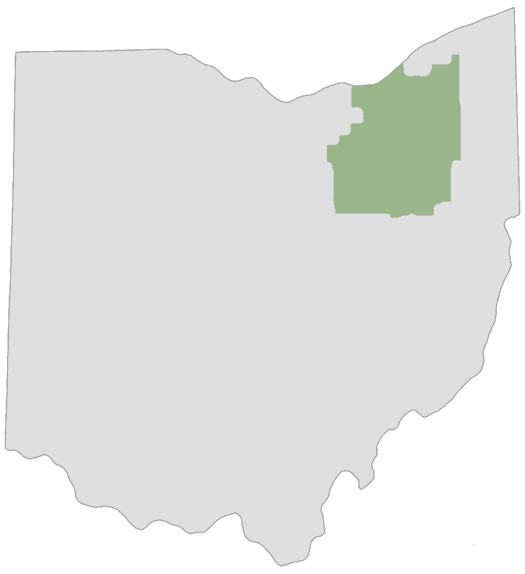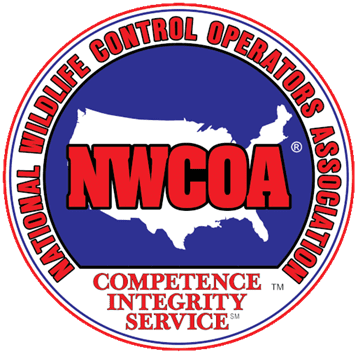
Dealing with wildlife in your home can be a very stressful experience. The scratching sounds at night keep you awake. The odors during the day make entire rooms off-limits. The presence of nuisance wildlife in your house can take a toll on both your mood and your health.
Wildlife is all around you throughout the year. Whether you live in a rural community or the suburbs of a major city, animals are never far from your doorstep. And while the colder temperatures of winter curb the activity of some species, it forces other types of wildlife to move right into your home.
Common Wildlife in Your Home
Here in Ohio, we get several types of unwanted wildlife commonly entering homes, garages, and sheds. Of all nuisance wildlife, squirrels, bats, and raccoons are the most common to enter a home. Other types of nuisance wildlife—skunk, opossum, and groundhog, for example—are rarely a problem in the home. They can become a nuisance under decks and around sheds and gardens, but have little desire to come inside your home.
No matter what type of nuisance wildlife finds its way into your home, the results can often be the same—damage to your home as well as health risks for you and your family, including your pets. When arriving on a nuisance wildlife calls, many homeowners tell us “we can’t sleep at night” or “the sounds drive us crazy.” These are valid and very real concerns, but nothing in comparison to the health issues nuisance wildlife can bring into your home.
Raccoons are one of the worst types of wildlife to find living in your home. They bring major health risks with them, serving as hosts to several diseases and illnesses, including rabies, trichinosis, roundworm, and coccidiosis to name a few. They cause severe damage to attics, insulation, and the exterior area around the entrance they’ve made into your home. But it is the health risks that make removal of nuisance raccoons a top priority.
Few nuisance wildlife trappers will ever tell you, “I have good news! You don’t have a raccoon, you have a squirrel.” Why? Squirrels are almost as bad as raccoons in terms of damage to your home. Squirrels will chew holes through your homes siding, soffit, or roofing to get inside. Once in, they’ll chew on the framing of the home, as well as the homes electrical wiring. They will often crawl down into the wall cavities, scratching and clawing around for hours during the day.
Of the three types of common Ohio nuisance wildlife, bats are the only species that can not be harmed during a removal. It is illegal in Ohio to harass or harm a federally protected species of bat. This presents a problem in itself when attempting to remove them from your home. Bat guano accumulates in attics and crawlspaces where colonies of bats take up residence. Over time this growing mass of bat feces itself becomes a major health risk for your family. While bats are very beneficial for the ecosystem, having them in your home is not a desirable situation.
Dealing With Unwanted Visitors
Of course, the removal of nuisance wildlife from your home is the desired solution. But this quickly turns into a discussion of cost. Both the cost of having an animal removed by a professional and the cost of repairs to your home. Neither is cheap and most times both are required to resolve the problem and to make sure it doesn’t reoccur.
Many homeowners feel they are capable of trapping and removing nuisance wildlife on their own. If the homeowner is up to date on nuisance wildlife laws, the risks of contact with the particular type of wildlife, and what to do with the animal once trapped, they may be able to pull it off. However, in most situations, it is far easier to call in a professional to handle the removal.
When I am asked by a homeowner, “what can I do to help?” my answer is simple: have your home inspected by a nuisance wildlife professional BEFORE any wildlife moves in. The best thing a homeowner can do is preventative upkeep on their home. In most cases, the raccoon, squirrel, or bat found your home easier to access than your neighbors. Experienced professionals understand the habits of these animals, how they will enter your home, and how to deter them before it becomes a problem.
If you currently do not have any nuisance wildlife issues, that’s a good thing. But it also means you have the opportunity now to prevent a major hassle for yourself in the future. Have your home and property inspected by an experienced nuisance wildlife trapper. A little preventative maintenance now can save the health of your family and hundreds—possibly thousands—of dollars, tomorrow.





